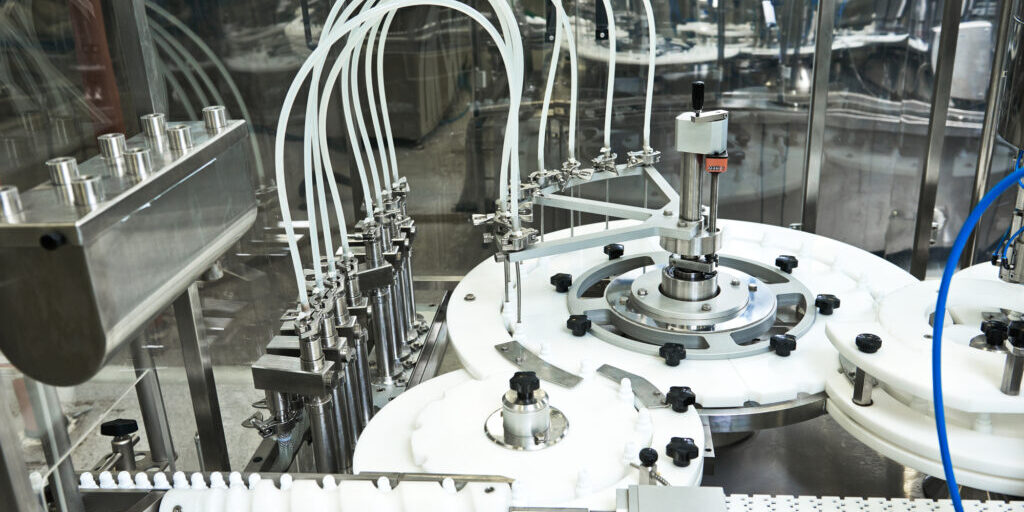It’s likely been decades since you last found a service manual included in the box with a new tech product. The Right to Repair movement seeks to change that.
When I was in high school, my first job involved repairing Apple computers for minimum wage so I could buy a laptop for college. When I finally scraped together the $1,800 or so for a midrange iBook, I was thrilled. Unfortunately, two months into the semester, I dropped my clamshell laptop on its power port, breaking it. I searched for a service manual online, but I was stymied by repeated copyright takedowns that are effectively “No Trespassing” signs.
Those takedowns were a clear sign that Apple didn’t want me to fix my laptop; it had established a defensive perimeter of lawyers to enforce the knowledge ban. As it turns out, Apple isn’t unique in this—Toshiba notoriously demanded that an Australian repair website remove all of its online manuals. The farm equipment manufacturer John Deere has secret diagnostic tools that it refuses to share with farmers. These legal tactics are standardizing an expectation of manufacturer control. Inspired by my frustrating dorm room experience, in 2003 I started iFixit, an online repair community dedicated to enabling people to fix all their things. Ever since, we’ve been systematically tearing down the obstacles that companies have erected to block repairs.
These days, a tech product is far more than the physical thing you can touch. In the past, you could take things apart and intuit how they worked. Software has changed that: Some functionality is now invisibly locked away inside a microchip. You can’t touch it, you can’t feel it, and you can’t change it. Using this newfound leverage, tech companies have pioneered tactics to lock us out of the things that we own. If this trend continues, tinkering will become a thing of the past. Everything we own has the potential to become a disposable appliance, connected to the internet and subject to the whims of the manufacturer.
Let’s say you like really crunchy toast. You could swap out the spring in your old toaster for a slower one, but you can’t change the software timer in a new toaster to make your toast darker. And pretty much everything these days—from toasters to tractors—contains embedded software.
Apple’s latest lockdown tactic involves broken iPhone screens. It digitally pairs the screen to the rest of the device so that you need special software to restore full functionality. Because it’s an industry leader, other companies have begun copying Apple’s repair-stymieing tactics—Samsung is now using similar software locks.
Farmers and mechanics are running into the same issue. If you buy a new electronic part from John Deere, it comes without the required software to make it work. Deere refuses to provide farmers with tools to transfer software off their old part. GM has even sued Dorman Products, an aftermarket parts manufacturer, for selling its own tool to transfer software onto new auto transmissions.
In legislatures around the world, proponents of the Right to Repair movement are fighting these companies to preserve our ability to tinker. Last year, the New York Senate passed a bill that would require companies to publish manuals and share parts and software tools with their customers—but time ran out in the session before the bill could make it through the Assembly.
In November, Apple announced that it would finally start making some parts and manuals available to customers. It’s a seismic shift in favor of DIYers, but it’s not enough to overcome the software-powered barriers that companies have erected.
The Federal Trade Commission and the Biden administration have come out strongly in favor of repair reforms, and Congress is working on a bipartisan bill to reverse the copyright law that GM abused to sue Dorman. That bill would legalize distribution of software repair tools, enabling a much-needed marketplace of modern repair tools. Dozens of states are expected to introduce laws to restore balance in the world of repairs. Strong opposition is expected from companies that profit from monopolizing repair. But the path forward is clear: You bought it. You own it. You should be able to fix it.
Along with my laptop, I also brought a gift from my grandfather with me to college: a soldering iron. Despite Apple’s best efforts to stop me, I managed to patch the cracked solder on my charge plug. I put it all back together, the laptop fired right up, and I was on my way.
The Right to Repair Timeline
Despite strong opposition from manufacturers and lobbies, Right to Repair reforms are coming. Here’s what the change has looked like since in the last year.
2021
May: The Federal Trade Commission issues a unanimous, bipartisan “Nixing the Fix” report, finding that “there is scant evidence to support manufacturers’ justifications for repair restrictions.”
July: President Biden issues an executive order in July calling for a “whole of government approach” to restoring competition, and singling out farmers’ problems with repairing their John Deere equipment.
November: Apple caves and agrees to start selling parts and making service manuals available to consumers “in early 2022.”
2022
January: Dozens of states are expected to introduce Right to Repair laws at some point in 2022. Illinois legislators held the first such hearing.
In the future: Members of Congress are considering reversing the anti-tinkering Section 1201 copyright law.
This content is created and maintained by a third party, and imported onto this page to help users provide their email addresses. You may be able to find more information about this and similar content at piano.io



More Stories
Optimize Your Workflow with These Must-Have Tools
Best Carry-On Luggage: Your Ultimate Travel Companion
How the P10 Mask Enhances Your CPAP Experience